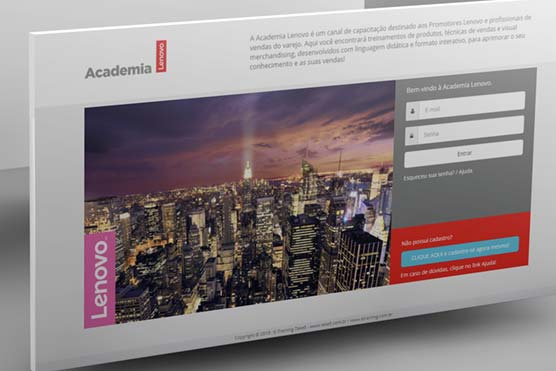Choosing the best LMS is a big challenge for managers involved in training projects. A good LMS has many benefits for training operation and management – as this tool can combine learning on a single platform, allowing users to access content from anywhere, anytime. The LMS can also be used as a management and tracking tool for not only knowledge performance but for training, providing reports and tools for assessment and feedback. This unified and simplified process is critical to the success of a training project, but recognizing which LMS is the best for meeting management expectations is not so simple.
Before making any decisions, the team involved in the project must conduct a thorough and in-depth market research to understand the differences and tools offered by the various players – the market is full of options, but only very few systems will really fit the needs of the project and will be able to deliver the expected results.
With this challenge in mind, we have some tips to help you walk this path. Let’s check it out.
Determine the required administration and management resources
It is important that the manager team, in charge of the LMS acquisition, has the exact knowledge of which administration and management tools are offered by the system. This is essential to define the reports required for the full analysis of the data provided by LMS, including the option to create customizable reports at any time.
Check the flexibility
An LMS can offer many customization and upgrade options, but do not limit your project to a predetermined set of them. Throughout the project implementation, new challenges will emerge, requiring quick responses. Having the chance to ask the LMS vendor to make on-demand changes beyond what may eventually be included in the initial proposals is quite important.
Consider all technical questions
Knowing the technical details of the operation is essential. There are many questions to ask. How will the LMS implementation be done? How will the information be accessed by both managers and users? Do I need to establish an interface for mobile access? Social networks? Will the LMS be integrated with other software within the enterprise structure? What will this integration look like? Engage the IT team deeply in the process to avoid discovering after the contracted LMS that those long-awaited reports or interfaces will only be viable after months of additional effort and investment in the contracted package.
Do not invest in unnecessary features
Extremely complex LMSs can seriously disrupt the project performance and increase costs not only at the point of contracting the system, but throughout the IT chain. Complex LMSs tend to imply in a greater demand for hardware and software to keep the system up and running. A surplus of resources can also negatively impact the LMS’s users, who may be distracted from their learning objectives through the system’s lack of focus.
Attention to customer support
An LMS is often sold as the ultimate solution to all the problems, but make no mistake, there will be a need for support. Analyzing in detail how customer support is provided (dates, times, response and solution deadlines, etc.) is essential throughout the life of the system and project – analyzing the quality of this service is the duty of managers at the time of decision making.
The very process of choosing an LMS is also a learning process – managers need to be open to learn so that they can confidently establish the best system to meet their needs, thus ensuring a unique learning experience for their users.






About The Author: Take5_admin
More posts by take5_admin